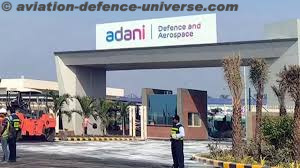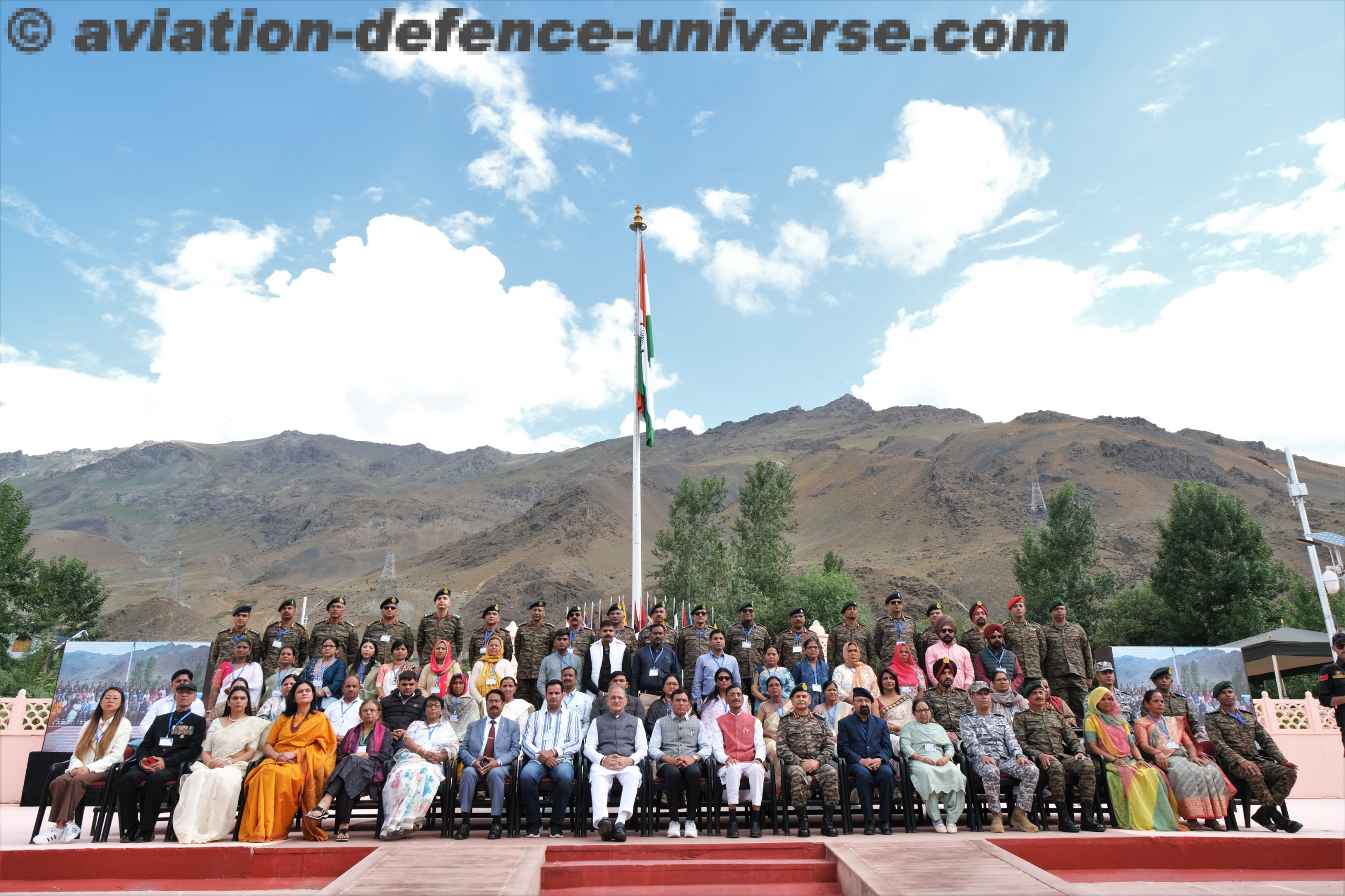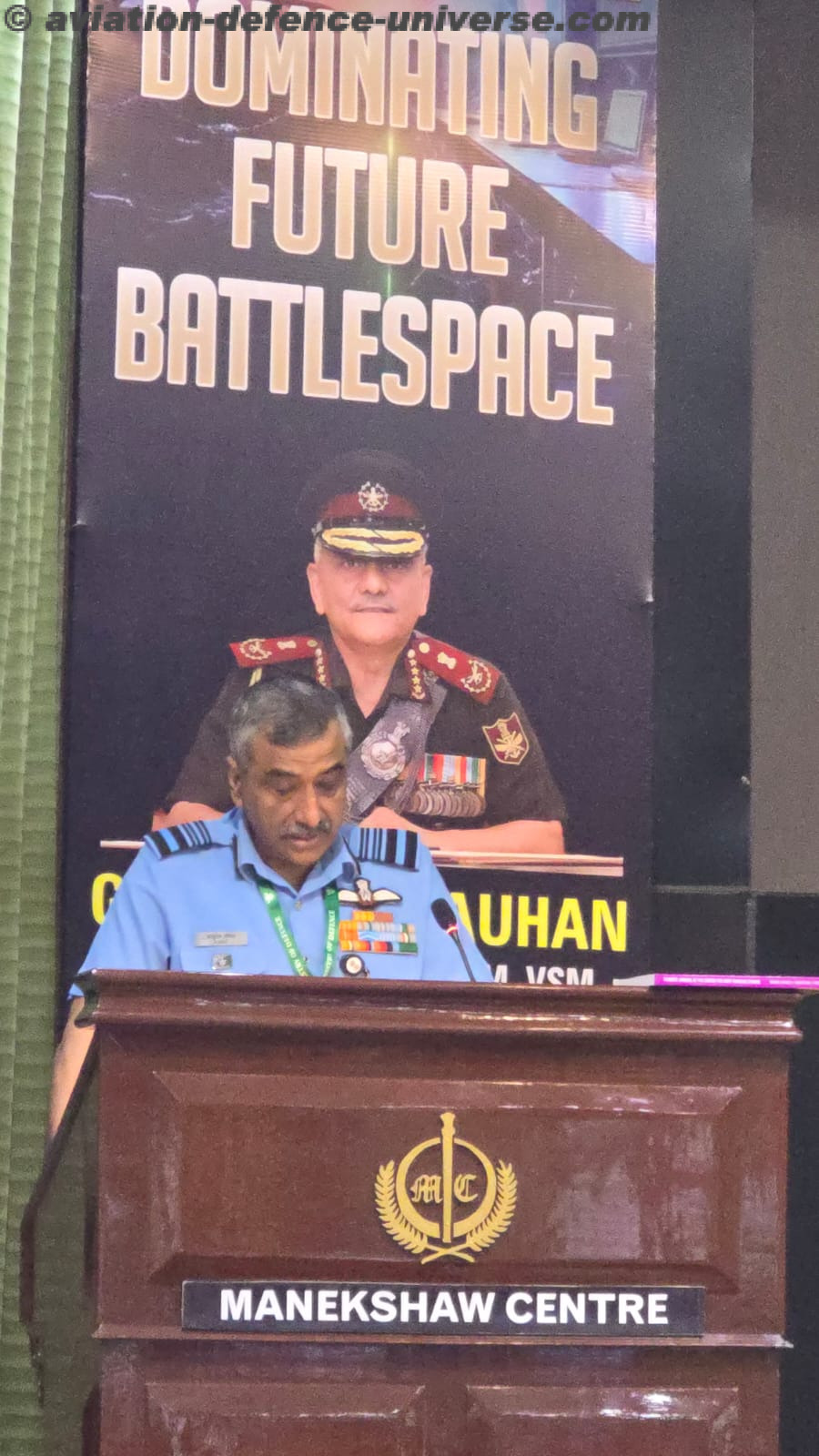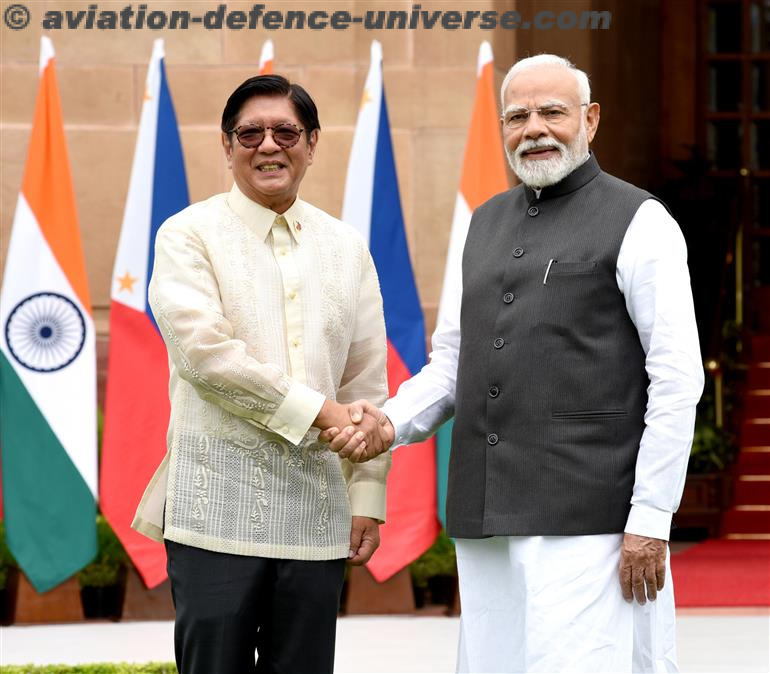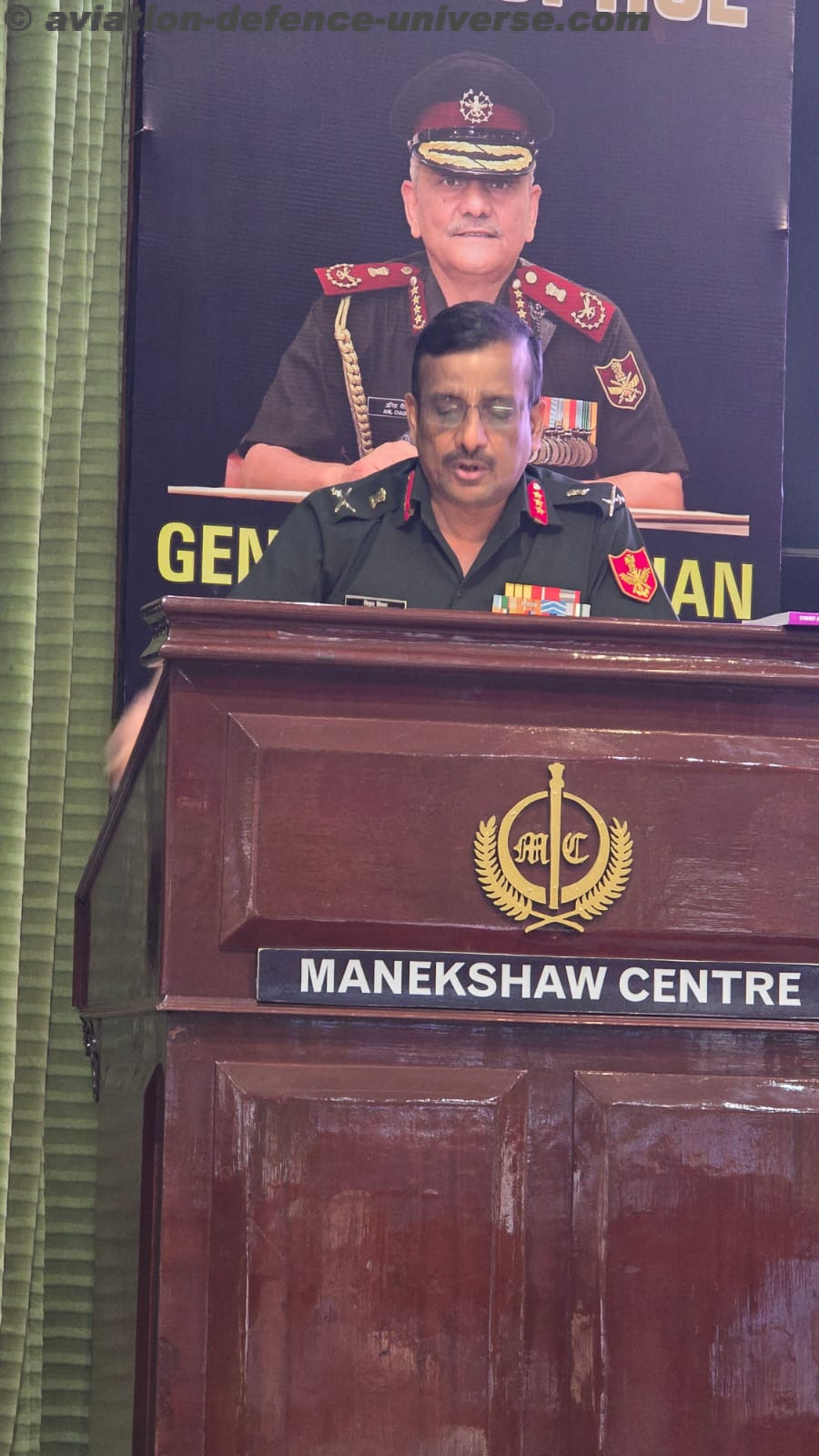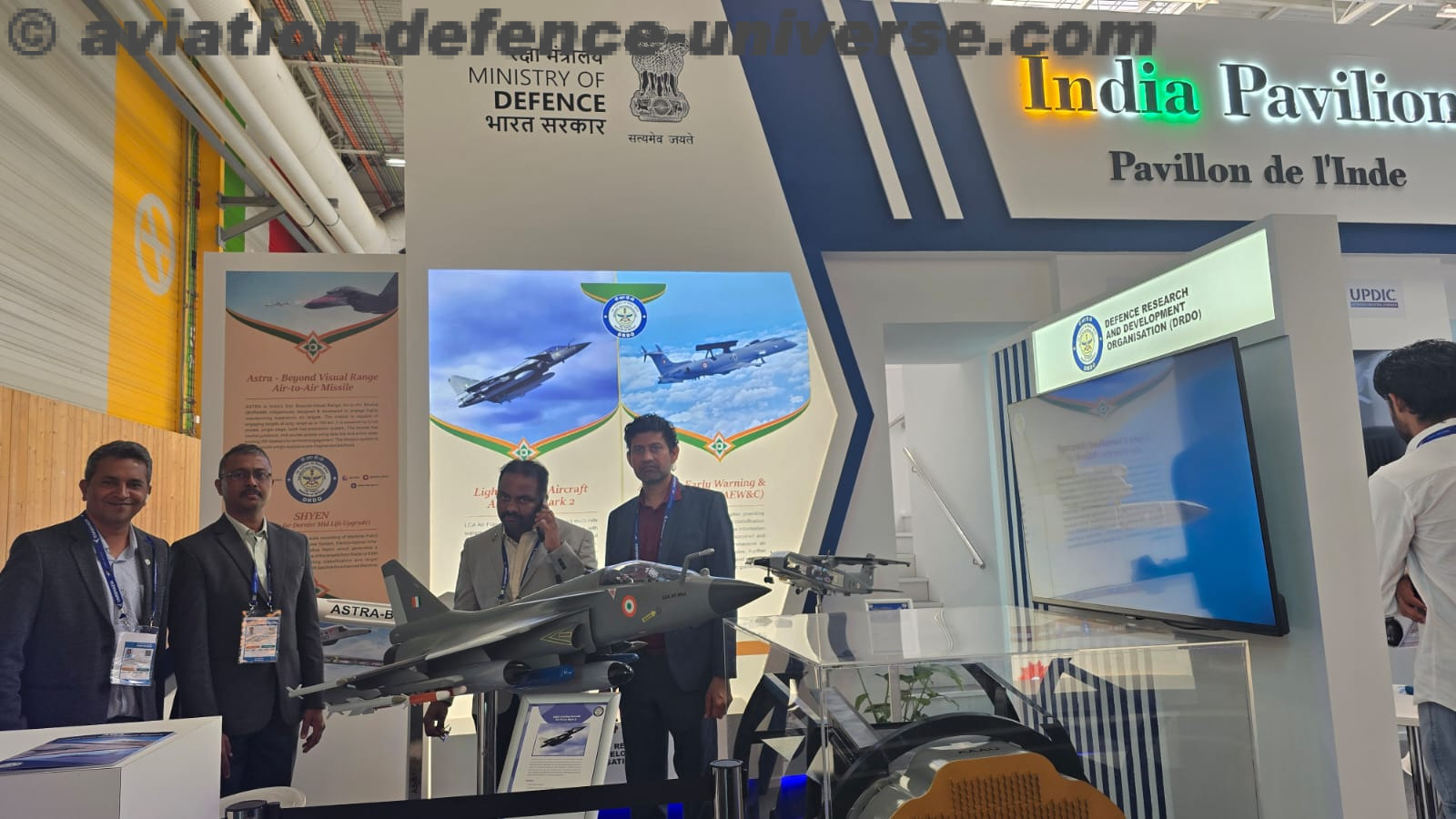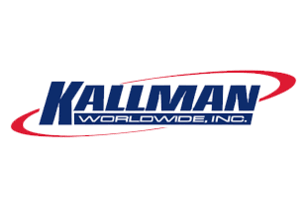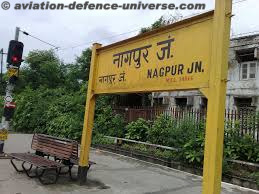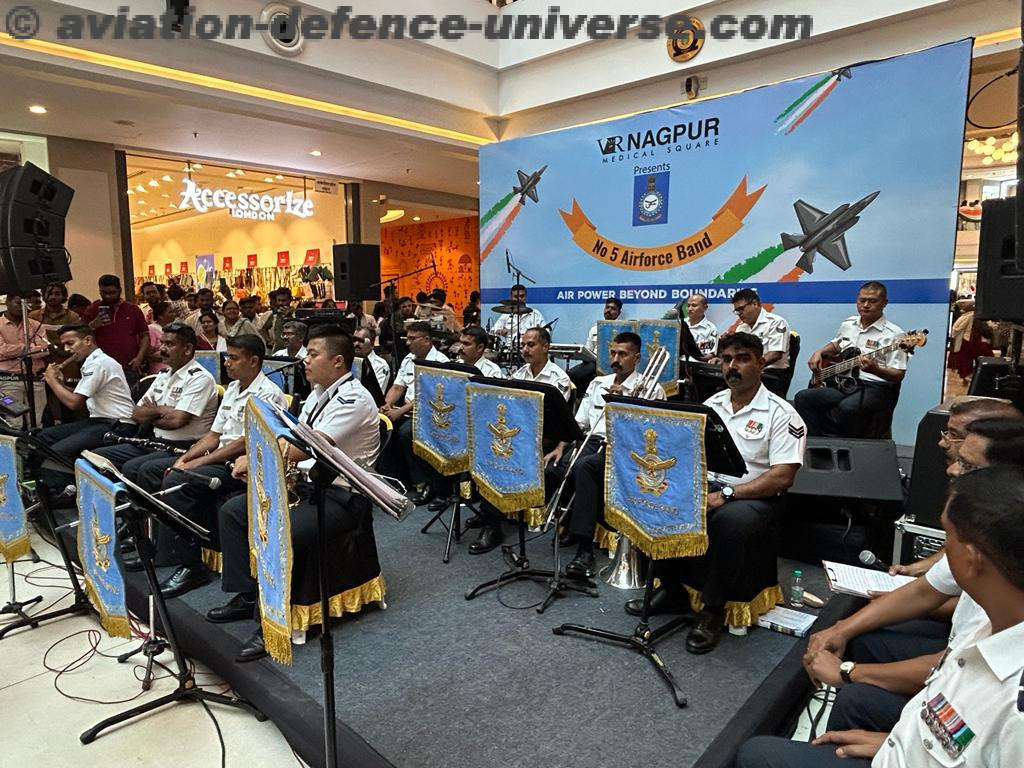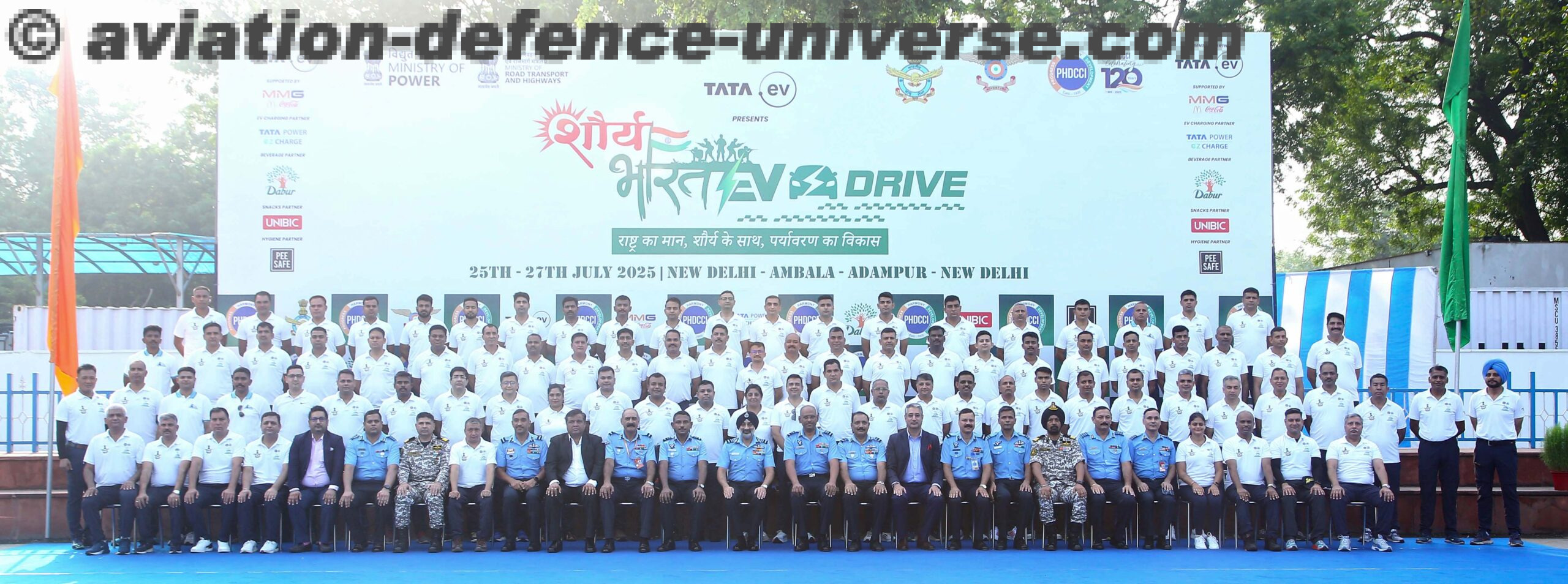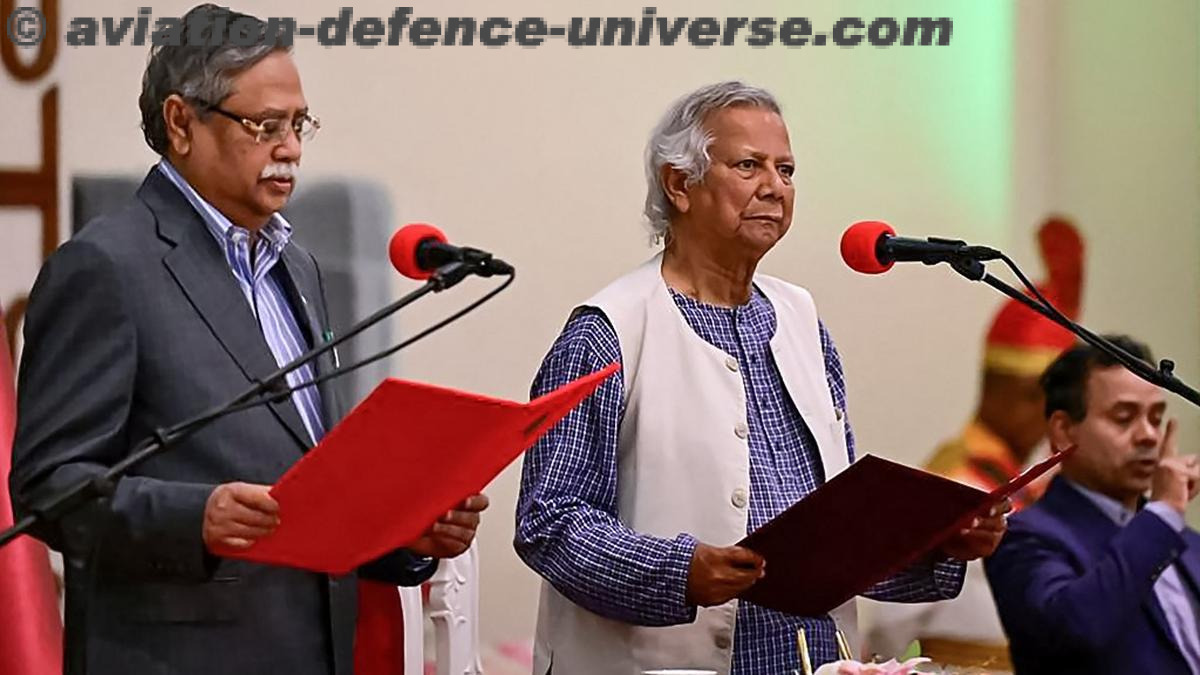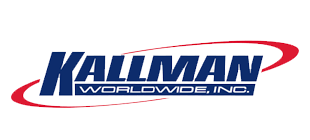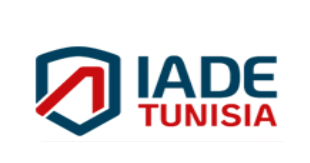- UPDIC Eyes Global Partnerships at DEFEA in Greece
- Global Outreach, Local Strength
By Sangeeta Saxena
Athens. 07 May 2025. The UP Defence Industrial Corridor is not merely a real estate initiative—it’s a long-term vision to foster end-to-end defence production capabilities within the state. With strategic land parcels, high-speed connectivity via expressways, and proximity to academic and R&D institutions, UPDIC is being shaped as a multi-nodal defence hub. Beyond traditional manufacturing, it aims to attract players in electronics, cyber, aerospace, and simulation technologies.The state’s industrial ecosystem is being developed in tandem with defence requirements. This includes skilling initiatives, incubation centres, and collaboration with DRDO and DPSUs.

ADU. It is the first time we’re seeing UPDIC participate at a global defence show like DEFEA. Is it new for you as well?
Manoj Kumar Singh. Absolutely. This is the first time that the Uttar Pradesh Defence Industrial Corridor is participating in international defence exhibitions. We have chosen four to five key expos globally, and DEFEA is one of them. It may be relatively new, but its scale and the presence of top-tier European and American defence companies make it a high-priority platform. For us, this is a strategic opportunity to explore partnerships, attract investments, and understand the evolving technologies in both hardware and cyber defence.
ADU. India now has two defence corridors. What distinguishes the UP corridor?
Manoj Kumar Singh. Yes, India announced two corridors in 2018-19 and Uttar Pradesh was fortunate to receive one. We’ve already allotted land to 57 companies and the total land is nearly 2000 hectares. Our primary aim here is to connect with major global defence players and build a robust ecosystem. What we create for India today will serve the world tomorrow. While UP has some ordnance factories and players like MKU in ballistic protection, we didn’t previously have a strong base in private defence manufacturing. That’s changing rapidly with companies like Adani, BrahMos, BEL and PTC committing to the corridor.
ADU. How much of UP does it cover?
Manoj Kumar Singh. The Uttar Pradesh Defence Industrial Corridor (UPDIC) is spread across six key nodes—Aligarh, Agra, Jhansi, Kanpur, Chitrakoot, and Lucknow—the corridor has successfully allotted over 2,000 hectares of land to more than 50 companies, including major players like Adani Defence, BrahMos Aerospace, and Bharat Dynamics Ltd. The state government, through the Uttar Pradesh Expressways Industrial Development Authority (UPEIDA), has actively facilitated infrastructure development, policy support, and single-window clearances to ensure a smooth setup process for investors.

ADU. Many foreign players ask about the offset policy and Make in India compliance. How do you address that?
Manoj Kumar Singh. Defence manufacturing is inherently tied to central clearances. Fortunately, the Government of India has identified over 7000 items for indigenised production. That’s a major attraction. Our defence budget is over $75 billion, of which $24-25 billion is still import-heavy. Foreign OEMs coming to India have a ready market. Plus, they can export with proper approvals. The Prime Minister’s vision is clear—Make in India, not just for India, but for the world.
ADU. Has land already been secured by major players?
Manoj Kumar Singh. Yes. Companies like Adani and Reliance have acquired land. Each is focusing on its area of strength. The corridor isn’t just about physical units, but about innovation, dual-use technology, and cross-sector impact. From defence R&D can emerge applications in agriculture, manufacturing, and communication tech. That’s the transformative potential we see.

Manoj Kumar Singh. In UP, we’ve moved beyond ease. We now focus on the “speed of doing business.” Clearances are fast-tracked. Our departments are aligned, and we work proactively with investors. The defence corridor is a prestige project, and we ensure no investor is held back by bureaucracy. We know the value of each investment and we’re committed to enabling it.
UPDIC’s progress has led to the emergence of a gradually evolving defence ecosystem in a state that previously lacked a significant presence in private defence manufacturing. By integrating academia, research institutions, MSMEs, and large corporations into its framework, UPDIC is fostering innovation, skill development, and industrial growth. Initiatives such as the establishment of Common Facility Centres and Defence Testing Infrastructure have further enabled capability-building within the corridor. This ecosystem not only serves the needs of the Indian armed forces but also positions Uttar Pradesh as a potential export hub for defence equipment, in line with the national vision of ‘Make in India’ and ‘Make for the World’.
As told to Sangeeta Saxena












